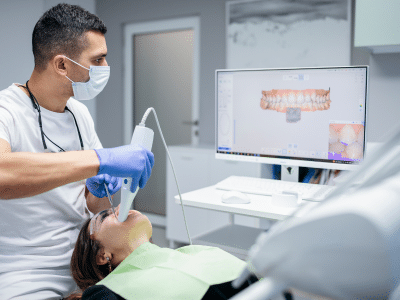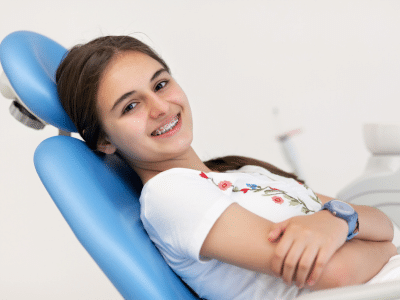
Blog
Selecting the Ideal Dental Specialist for Your Smile in Rockford IL

The choice between a dentist, pedodontist, or orthodontist in Rockford IL may leave many bewildered. Why opt for an orthodontist, you might ask? The secret lies in their experience and specialized training.
The Differences Between Dentists, Pedodontists, and Orthodontists
- Dentists: All three professionals—dentists, pedodontists, and orthodontists—fall under the realm of oral care specialists, but their expertise diverges into distinct domains.
- Orthodontists: Diving deeper into teeth alignment and jaw corrections, orthodontists undergo an additional two to three years of intensive training solely dedicated to orthodontics.
- Pedodontists: Specializing in comprehensive pediatric dental care, these experts undergo an additional two to three years of training encompassing various facets of children’s dentistry.
Digital Impressions

What are Digital Impressions?
Digital impressions are completely computerized, eliminating the need for chemical-tasting goop to be placed in the patient’s mouth for minutes on end. The highly advanced camera technology allows for accuracy and speed, making the process faster and more efficient than traditional impressions.
Orthodontist Offers Solutions for Smile Direct Club Closure in Rockford and Winnebago

Consider us your smile champions. Offering a comprehensive range of orthodontic services, including clear aligner treatment. We are perfectly equipped and thrilled to welcome Smile Direct Club patients. Our commitment lies in ensuring a smooth and personalized transition, guaranteeing an uninterrupted journey towards your dream smile.
Our friendly and dedicated team is enthusiastic about crafting tailor-made treatment plans within a warm and welcoming environment. Your journey to a captivating smile isn’t merely continuing; it’s receiving an upgrade with us.
Contact Dennis J. Flanagan DDS MS today for a complimentary evaluation at (815) 399-5757 or visit our website for detailed information. Your dream smile is merely a conversation away!
Understanding the ABC’s of Orthodontics

Age plays a pivotal role in orthodontics, especially for children. Most orthodontists recommend waiting until a child has all their permanent teeth before starting any orthodontic procedures. An early evaluation around age 7 can help prevent potential future issues that might become more challenging to resolve as the child grows. These evaluations are typically complimentary and don’t necessitate a referral from a dentist. Planning such assessments during summer breaks can ensure that any necessary braces won’t disrupt schooling.
It’s Never Too Late for Orthodontics

As our life expectancy continues to increase, the importance of having a healthy and attractive smile remains constant throughout our lifetime. Dr. Dennis Flanagan at Dennis J. Flanagan DDS MS are specialists who possess the knowledge, experience, and expertise to assist patients of all ages in achieving properly aligned teeth and jaws for lifelong dental health.